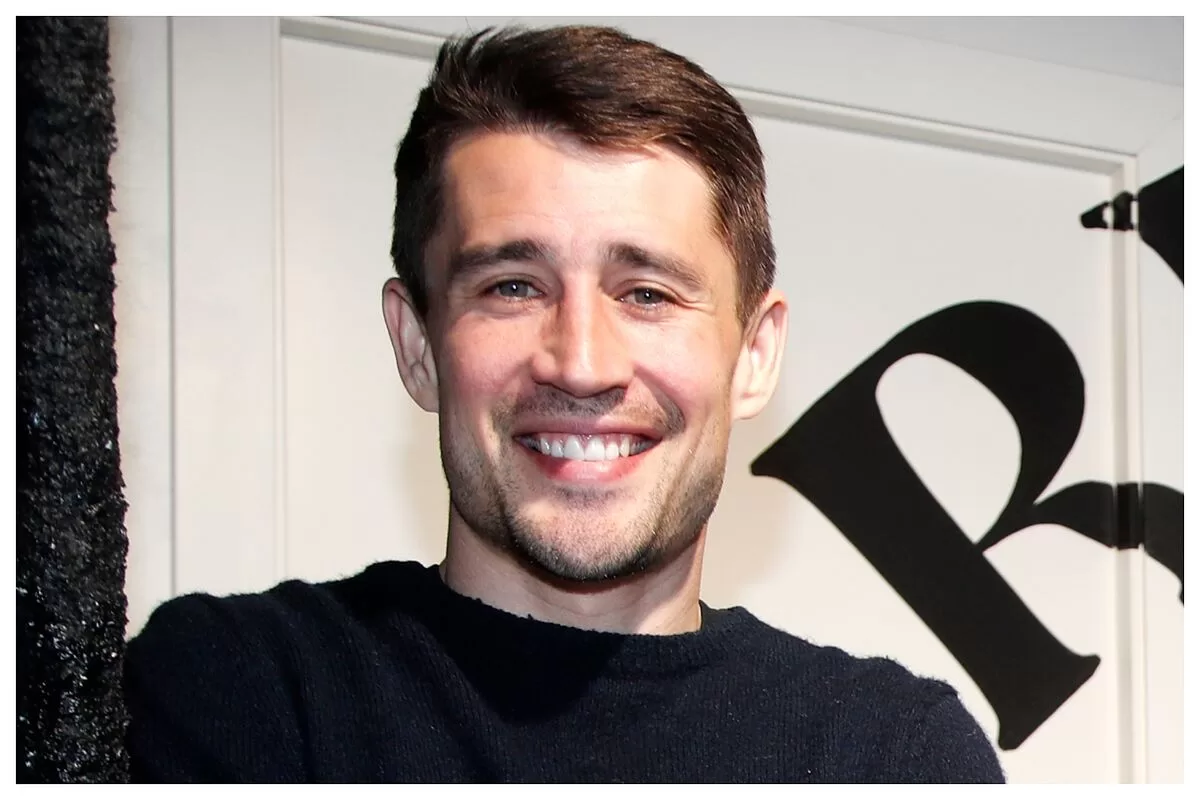Franceinfo: sport sought to understand why ordinary mortals could not ski with the equipment of Alexis Pinturault or Mikaela Shiffrin.
Mastering the planting of the stick is one thing. Going down an icy slope at more than 100km/h is another. If the men’s slalom will end the 2023 Alpine Skiing World Championships in Courchevel on Sunday February 19, amateur skiers will take over from the professionals. The big difference between the two? Simply skis.
When we observe Mikaela Shiffrin slam the tight stakes with so much ease, it is also because her equipment allows her to be in the best possible position to achieve such a feat. Then comes the question that every winter sports enthusiast may have asked himself once: “And if I too had this kind of skis, would I be better and faster?” Unfortunately, the answer is not the one hoped for.
“Jean-Michel Lambda in a wall!”
Technician of the French men’s alpine ski team, Paul Delberghe, is in charge of pampering and preparing the skis of Thibaut Favrot, Cyprien Sarrazin and Léo Anguenot. He cut us short when we asked him what differentiated classic skis from skis for high level athletes. “Generally everything! They are not at all the same, he immediately decided. If ‘Jean-Michel Lambda’ were to put on racing skis, he would go very quickly into a wall! [rires] But seriously, it’s very dangerous.” A vision also shared by our consultant Luc Alphand, amused that we ask him this question: “Wow! A ‘nobody’ on competition skis? It’s impossible!”
Concretely, between their equipment and that which is rented or sold at the store at the bottom of your small winter resort apartment, all the characteristics are different. Each equipment manufacturer keeps the materials and materials used to manufacture its spatulas very secret, since it will be a question here of finding the best composition to limit vibrations as much as possible, the worst enemies of professional skiers. Another difference, a major one this time. If your spatulas must be your size, among the pros, the skis will measure between 1.55 m for women in slalom (1.65 m for men) and at least 2.10 m for downhillers (2.18 m minimum in men).

Above all, the biggest difference is in the radius of the skis. In addition to the slalom skis, which sail around 15 meters (the maximum distance you could cover by making a sharp 180° turn), Alexis Pinturault’s giant skis, for example, go up immediately beyond the 30 meters. And those of a Johan Clarey, Olympic vice-champion of the descent in Beijing, will have a radius of 50 meters minimum. Bulk, “Downhill skis are the longest because they are designed for slopes that go straight” explains Paul Delberghe while Luc Alphand also recalls that they “weigh very heavy, about 13 kg“and are designed”to reach exceptional speeds, at an average of 110 km/h and up to 150 km/h“.
“Skis like that, for a tourist, are extremely hard to turn. You already need the physique, the necessary power, and finally the speed to be able to turn them.”
Paul Delberghe, technician for the French men’s alpine ski teamat Franceinfo: sports
And if some, convinced of being excellent skiers, could think that nothing is impossible, Luc Alphand, holder of the big crystal globe (1997), admits that it is difficult for him today to practice with skis of competitions. “Despite my age, I think I’m still a very good skier, he says with a frank smile. Sometimes, when I am with my children, I ski with giant racing skis. And it’s a real pain for me! I almost have to take the straight tracks, I really shit! A slalom, I could feel some things at the limit but it would be very hard too…”
Skis or razor blades?
Finally, the angle of the edge (the metal edge located on either side of the ski to guarantee good grip) will also be important. When it is sharpened at 90° at the dealer, the angle will go down to 86° for the top athlete. If the difference seems small to you, it will however change everything on the track. “It’s a real razor blade anywaysays Luc Alphand. And the more icy it is, the more we will go for the 86° to allow us to keep the best possible grip. So often we sharpen all the way, and on both sides.” A way, quite simply, to maintain total control of the behavior of your skis, an essential element before any race.
Equipment has thus become an essential element in the performance of professional skiers. “It’s like in F1, it’s good to have a nice chassis, but you also need a hell of an engine to win races” even compares our consultant. If it will very probably be impossible for you one day to practice your favorite sport with the skis of Alexis Pinturault or Mikaela Shiffrin, it should not be forgotten that it is not ultimately the same sport as you. practice.

“Classic skis are made for leisurely pleasure on a piste”, concludes the technician of the Blues. You will therefore have understood that you should not buy or rent skis that are not appropriate for your level. Moreover, even at the highest level, the choice of equipment is regularly a real headache for the athlete and his staff. Mathieu Faivre, who changed equipment supplier last summer, is having a nightmarish season. On the other hand, the great specialist in technical races (giant and slalom), Henrik Kristoffersen, now skis with the equipment of the legendary Marcel Hirscher and his performance has hardly changed. Like what, choosing the right pair of skis is not easy. Whether you are a professional skier, or “Jean-Michel Lambda”.



